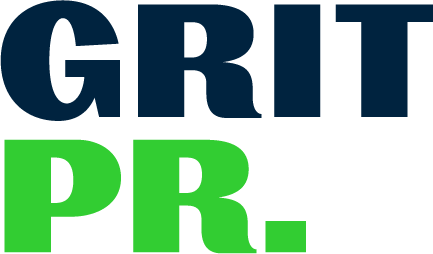Fueled by Early Success, Icon Source Makes a Name as Brand Facilitator
The Times Square billboard that marked the opening of the name, image, and likeness (NIL) era read, “Cavinder Twins & Boost Mobile sign first deal in collegiate NIL History on Icon Source marketplace.”
The deal’s architect, Icon Source, was founded in 2018 as a platform to connect professional athletes with brands. This experience proved pivotal for Icon Source, as they were the first to dive into the NIL space with a nationally recognized billboard and subsequent media appearances that resulted in more than two billion impressions.
Icon Source, a brand facilitator, didn’t stop there and is poised to continue turning in noteworthy brand deals, including one of the first NIL deals with an HBCU athlete. But what sets Icon Source apart from other marketplaces and movers in the space?
“The biggest differentiator is that we started on the pro side only,” said Icon Source’s Director of Collegiate NIL Mick Hamilton. “We don't sell products, we don't make dollars off universities … Another big difference is that we don’t take a single penny from the college athlete, which is really important.”
Hamilton continued, “Our lane has always been brand facilitation and getting endorsement deals through. We’ve stuck in that lane, and we’ve stayed true to that. That's the biggest difference; we're not trying to do multiple things. We're not trying to take over the entire NIL industry, from athletic departments to agents to college athletes. We've stuck with our guns of being brand facilitators, and now especially in NIL, that's one of the bigger differences.”
Being a brand facilitator means facing the challenges that their clients are facing. According to Hamilton, brands are hesitant to work with college athletes and pay them a sizeable amount of money because they fear poor content creation that doesn’t fit their needs for various reasons. The hesitancy over the quality of content creation is not only a challenge for the brand but also for the athletes and brand facilitators eager to prove NIL value.
As the calendar turns to an entirely new year of NIL possibilities, Hamilton believes that brand activations are the “number one thing right now going into 2023.”
“What brands are looking for now is ‘how can we amplify our campaigns, take advantage of this exciting time and especially new-timer athletes who can do things that we've never had with influencers and are working at 12 times better engagement rates than a traditional influencer. How can we use them in a sense in our marketing and their people to create way better ROI for these campaigns?”
With brands prioritizing quality over quantity, the bigger winners are the content-creator athletes.
“They don’t have to be the star player. They can be the third-string quarterback, but they can have a crazy personality, post a lot, have an engaging audience, and they can make more money than the starting quarterback, which is crazy to say. But it's true,” said Hamilton.
